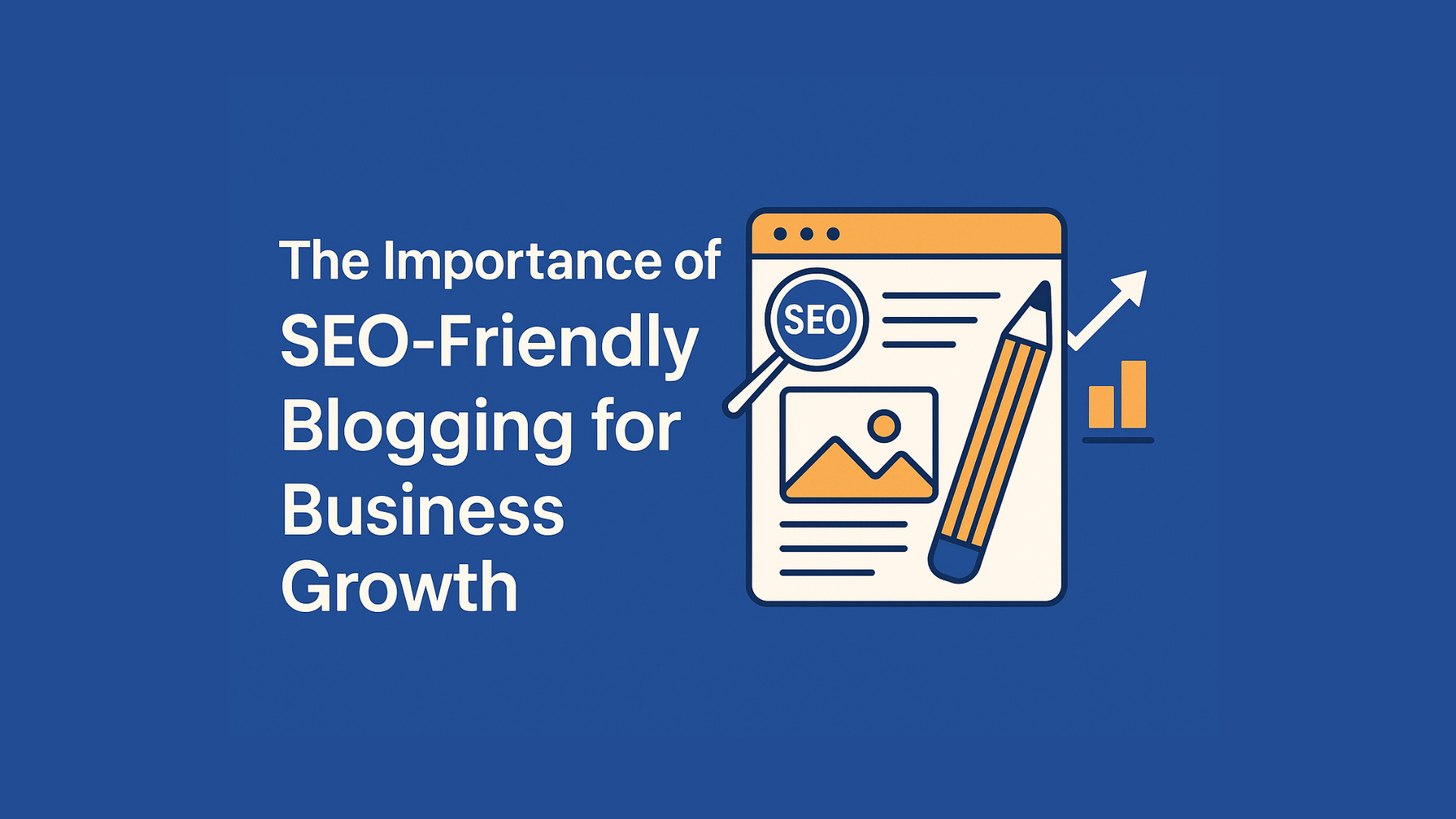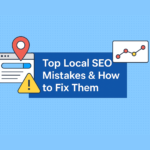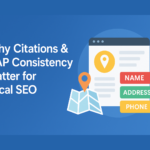- September 21, 2025
- Categories: SEO
- Tags:
The Importance of SEO-Friendly Blogging for Business Growth
The way people discover brands has changed drastically. Instead of depending on ads or word-of-mouth alone, today’s customers actively research online before making decisions. Whether they’re looking for a product, a service, or an answer to a question, they often start with a Google search. This makes your business’s online visibility crucial—and one of the most effective ways to build that visibility is through SEO-friendly blogging.
Blogging isn’t just about putting words on a page. It’s about creating valuable content that both search engines and users find relevant. In this article, we’ll break down why SEO-friendly blogging is important, how it supports business growth, and what goes into making your blog posts successful.
1. SEO Blogging Improves Search Engine Visibility
Every time you publish a blog post, you create a new indexed page on your website. This increases the number of opportunities for your site to appear in Google’s search results. For example, if your business sells organic skincare products and you publish a blog on “Best Skincare Routines for Oily Skin,” your post can rank for dozens of related search queries.
The key here is optimization. Search engines rely on keywords, headings, and meta tags to understand the content of your blog. When you align your blogs with the terms your target audience is searching for, you significantly increase the chances of showing up in front of them. Over time, a library of SEO-friendly blogs can drive consistent organic traffic without relying on paid ads.
2. Blogs Build Authority and Trust
Consumers don’t trust a brand immediately—they need reasons to believe in your expertise. SEO-friendly blogs act as proof that you understand your industry. When you share helpful insights, case studies, or tips, your readers begin to view your business as a reliable resource.
For example, a digital marketing agency publishing blogs on “SEO trends,” “Google algorithm updates,” or “local SEO strategies” positions itself as an authority. Potential clients who read these blogs are more likely to trust the agency with their projects. In fact, blogs work as a silent salesperson—building credibility even before a customer contacts you.
Trust also translates into loyalty. If readers repeatedly find valuable information on your blog, they’ll return for more. Over time, these repeat visitors often turn into paying customers or recommend your business to others.
3. Blogging Generates High-Quality Leads
Unlike random website traffic, blog visitors often arrive with a specific intent. They’re actively searching for solutions, which makes them more likely to convert into leads. For instance, if someone searches for “how to optimize an e-commerce store for SEO” and lands on your blog, there’s a high chance they might also need professional SEO services.
This is where the combination of content and call-to-actions (CTAs) matters. By strategically placing CTAs in your blogs—such as offering a free consultation, linking to your services, or providing downloadable guides—you can convert readers into leads. Compared to cold leads from generic ads, blog-driven leads tend to be warmer and easier to close, because they’ve already engaged with your expertise.
4. Blogs Encourage Engagement and Retention
A website without fresh content often feels static, giving visitors little reason to return. On the other hand, a blog keeps your site alive and engaging. Users spend more time reading detailed blog posts, exploring related articles, and even sharing them on social media.
This engagement is not just good for building relationships—it also sends positive signals to search engines. Metrics like “average time on page” and “bounce rate” play a role in SEO rankings. The more engaging your blogs are, the better your chances of ranking higher.
Additionally, blogs can be repurposed into other formats such as newsletters, LinkedIn posts, or short videos. This multiplies the engagement across different platforms, keeping your brand consistently in front of your audience.
5. Blogging Offers Long-Term ROI
Unlike paid ads, which stop driving traffic the moment your budget runs out, SEO-friendly blogs keep working for you over time. A well-optimized blog can rank for months or even years, generating traffic long after it’s published.
For example, if you publish a blog on “Top Digital Marketing Tools in 2025,” it can attract consistent visitors throughout the year. The cost of creating that one blog is far lower than the ongoing cost of running ads for the same visibility.
This makes blogging one of the most cost-effective marketing strategies for long-term growth. It’s not about instant gratification but about building a sustainable digital presence that compounds over time.
6. SEO Blogs Support Other Marketing Efforts
Blogs aren’t just good for SEO—they also strengthen other areas of your marketing. Sales teams can use blogs to educate leads, email marketers can repurpose them into newsletters, and social media managers can share snippets to drive traffic.
Moreover, blogs create backlink opportunities. Other websites may reference your content if it’s informative, which increases your domain authority. This further boosts your SEO and improves the ranking of your entire website.
SEO-friendly blogging is more than just a marketing tactic—it’s a growth engine. From improving visibility and authority to generating leads and long-term ROI, it’s one of the smartest investments a business can make in 2025.
If your business hasn’t embraced blogging yet, now is the time. With a clear strategy, consistency, and SEO optimization, blogging can take your brand from being just another name online to becoming a trusted industry leader.




